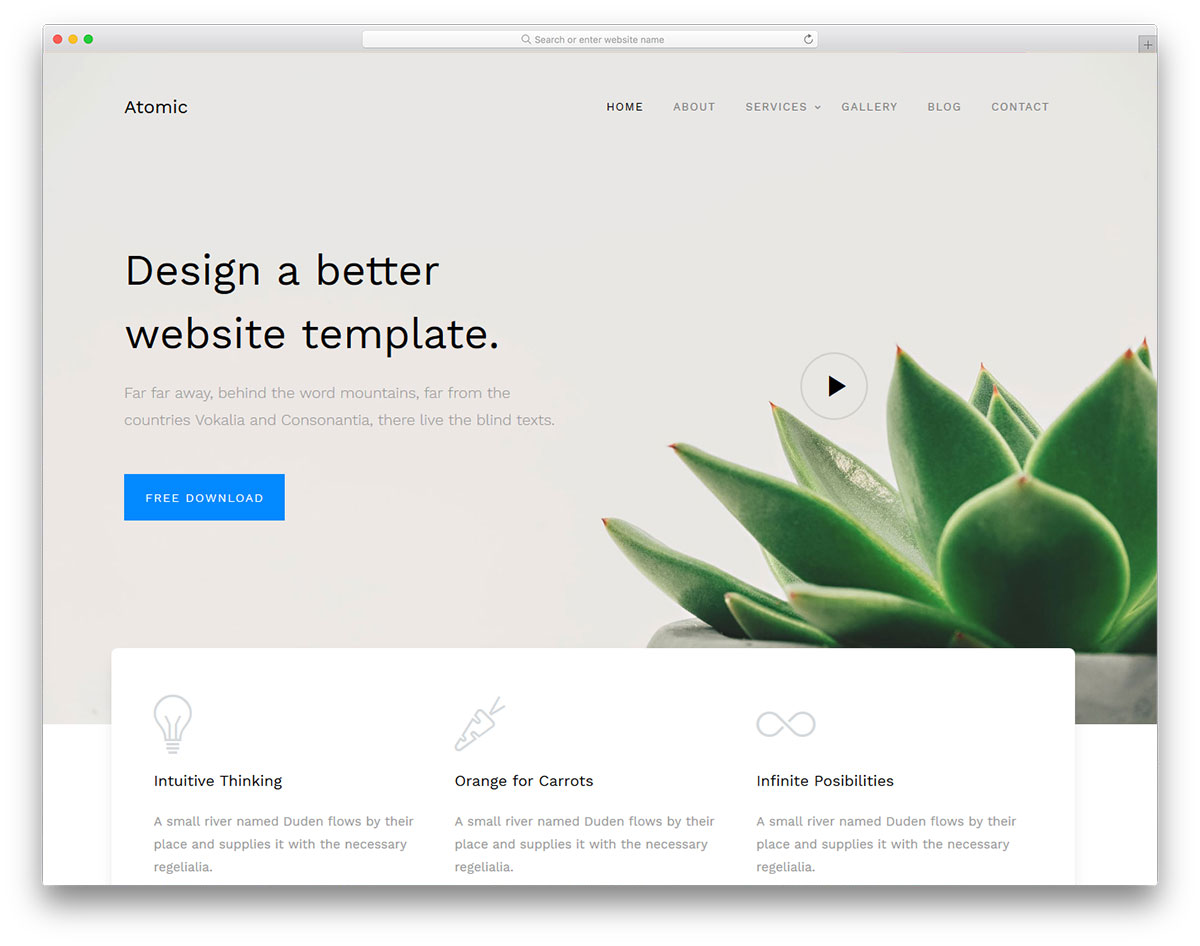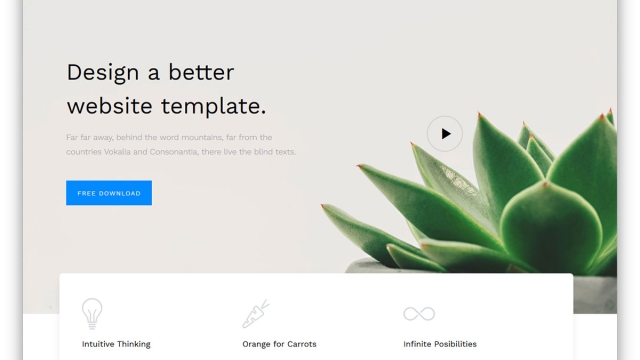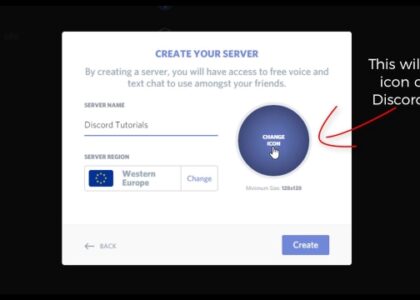In today’s digital age, having a visually appealing and user-friendly website is more crucial than ever. Web design plays a fundamental role in establishing a strong online presence for businesses, organizations, and individuals alike. It goes beyond just creating an aesthetically pleasing layout – it is about effectively communicating a brand’s message and engaging visitors in a meaningful way. With the power of creativity at your disposal, mastering the art of web design allows you to unleash a host of possibilities, captivating your audience and leaving a lasting impression.
Web design encompasses a myriad of elements that come together to shape a website’s overall look and feel. From color schemes and typography to images and navigation, every aspect is carefully considered to ensure a harmonious and impactful user experience. It is through the seamless integration of these components that a website not only captures attention but also guides users through an intuitive journey, compelling them to explore further and take desired actions.
Creativity lies at the heart of web design. It is the driving force that fuels innovation, turning ordinary websites into extraordinary ones. By thinking outside the box and pushing the boundaries of design, web designers can create unique and memorable experiences. Whether it’s the clever use of animations, the incorporation of interactive elements, or the implementation of cutting-edge technologies, creativity allows for endless possibilities that captivate and engage users on a deeper level.
In the following sections, we will delve into the various aspects of web design, exploring the key principles and techniques that can help you unleash the power of creativity and master the art of web design. From understanding the importance of user-centered design to harnessing the potential of responsive layouts, we will equip you with the knowledge and skills needed to take your web design projects to new heights. So, buckle up and get ready to embark on a journey that will enable you to create stunning websites that leave a lasting impact on your audience.
Understanding the Fundamentals of Web Design
Web design is a powerful tool for creating visually appealing and functional websites. It involves the creative process of planning and designing the layout, structure, and overall look of a website. A well-designed website not only captures the attention of users but also provides a seamless browsing experience.
One of the key fundamentals of web design is usability. It is vital to create a website that is easy to navigate and user-friendly. A well-structured navigation menu, clear labels for links, and intuitive user interface elements contribute to a positive user experience. By ensuring that visitors can easily find what they are looking for, web designers can enhance the overall usability of a website.
Another important aspect of web design is visual appeal. The use of colors, typography, images, and multimedia elements can greatly influence the overall look and feel of a website. By carefully selecting and harmonizing these elements, web designers can create visually engaging websites that effectively convey the desired message or brand identity.
Responsive design is also a crucial aspect of web design today. With the increasing use of mobile devices, it is essential to ensure that websites are optimized for different screen sizes and platforms. Responsive design allows websites to automatically adjust and adapt to different devices, providing users with a consistent and seamless browsing experience.
Understanding these fundamental concepts of web design is essential for mastering the art of creating visually striking, user-friendly, and responsive websites. By integrating usability, visual appeal, and responsive design, web designers can unleash the power of creativity and create impactful online experiences for users.
Exploring Innovative Design Techniques
In today’s fast-paced digital world, staying ahead in the realm of web design requires a constant exploration of innovative techniques. As technology evolves, so do the possibilities for creating visually stunning and user-friendly websites. In this section, we will delve into three key areas where web designers can unleash their creativity and master the art of web design.
-
Responsive Design: With the increasing use of smartphones and tablets, it is crucial for websites to adapt seamlessly to different screen sizes. Responsive design allows designers to create websites that automatically adjust their layout and content based on the device being used. By utilizing fluid grids and flexible images, web designers can ensure that their creations look and function flawlessly across various platforms.
- Dutch Barns
Interactive Elements: Gone are the days of static websites that merely present information. Today, users expect engaging and interactive experiences. Incorporating interactive elements such as sliders, animations, and microinteractions can not only grab users’ attention but also provide them with an enjoyable browsing experience. Through the clever use of HTML, CSS, and JavaScript, web designers can create interactive elements that captivate users and leave a lasting impression.
-
Minimalistic Design: In a world filled with information overload, the power of simplicity should not be underestimated. Minimalistic design focuses on removing unnecessary clutter and allowing the content to shine. By utilizing whitespace, clean typography, and strategic use of color, web designers can create visually pleasing and easy-to-navigate websites. Embracing minimalism not only enhances the user experience but also communicates a sense of elegance and sophistication.
By exploring and implementing these innovative design techniques, web designers can elevate their skills and deliver exceptional websites that truly stand out in the digital landscape. The art of web design is ever-evolving, and it is up to designers to push the boundaries, experiment with new ideas, and continue striving for perfection in their craft.
Optimizing User Experience and Interaction
-
Simplifying Navigation: One crucial aspect of web design is ensuring that users can easily navigate through different pages and sections of a website. By implementing clear and intuitive navigation menus, users can quickly find the information they are looking for. It is essential to organize the content in a logical manner, grouping related pages together and providing descriptive labels for each menu item. By simplifying navigation, users can seamlessly explore a website and have a positive browsing experience.
-
Enhancing Visual Appeal: The visual appeal of a website plays a significant role in engaging users and keeping them interested in the content. Web designers can achieve this by using a visually appealing color scheme, selecting high-quality images and graphics, and applying a consistent visual style throughout the website. Additionally, incorporating white space effectively can help create a clean and uncluttered look, making it easier for users to focus on the content and key elements of the design.
-
Implementing Interactive Elements: Interactive elements can significantly enhance the user experience by providing a more engaging and interactive interface. Examples of interactive elements include buttons, dropdown menus, sliders, and forms. By integrating these elements thoughtfully, web designers can encourage users to interact with the website and make it more user-friendly. Interactive elements should be intuitive and responsive to user actions, providing feedback and guidance to ensure a smooth and enjoyable browsing experience.

By optimizing user experience and interaction, web designers can create visually appealing and user-friendly websites that effectively communicate information and engage visitors. Implementing clear navigation, enhancing visual appeal, and incorporating interactive elements are all crucial aspects of mastering the art of web design and unleashing the power of creativity.






